According to most astronomers, Saturn should be considered the most beautiful planet in the Solar System. And its main “decoration” is a massive and bright ring system, which is easy to see from the Earth, even with small telescopes. The first Saturnian rings were noticed back in 1610 by Galileo Galilei, but his instruments gave a very poor quality image, so the scientist decided that he was just observing two large moons on both sides of the planet.

The assumption about the “ring-shaped” nature of this formation was expressed by the Dutch astronomer Christiaan Huygens after observations made in 1655-56. 20 years later, the Italian Giovanni Cassini for the first time saw a gap in the Saturnian rings, later called the “Cassini Division”. Subsequently, scientists made sure that there were many such gaps, and in 1787, the French mathematician Pierre-Simon Laplace proved that the rings as a continuous formation would be unstable and would quickly collapse.

Subsequent spectral studies made it possible to find out that the Saturnian ring system consists mainly of ice blocks ranging in size from tens of meters to kilometers, which, when colliding, form a certain amount of fine ice dust, as well as particles of millimeter and centimeter sizes. These blocks and particles move in full accordance with Kepler’s laws: the closer to Saturn, the greater their orbital velocity. It is not difficult to understand that the thickness of the rings is very small, especially compared to the width, which only in their brightest part reaches 43 thousand km, that is, more than three diameters of the Earth. Twice during the “Saturnian year”, which lasts 29.5 Earth years, they turn to us with an edge, and then they cannot be seen even with the most powerful telescopes. But scientists could not explain why the sixth planet received such an unusual “decoration” for a long time.
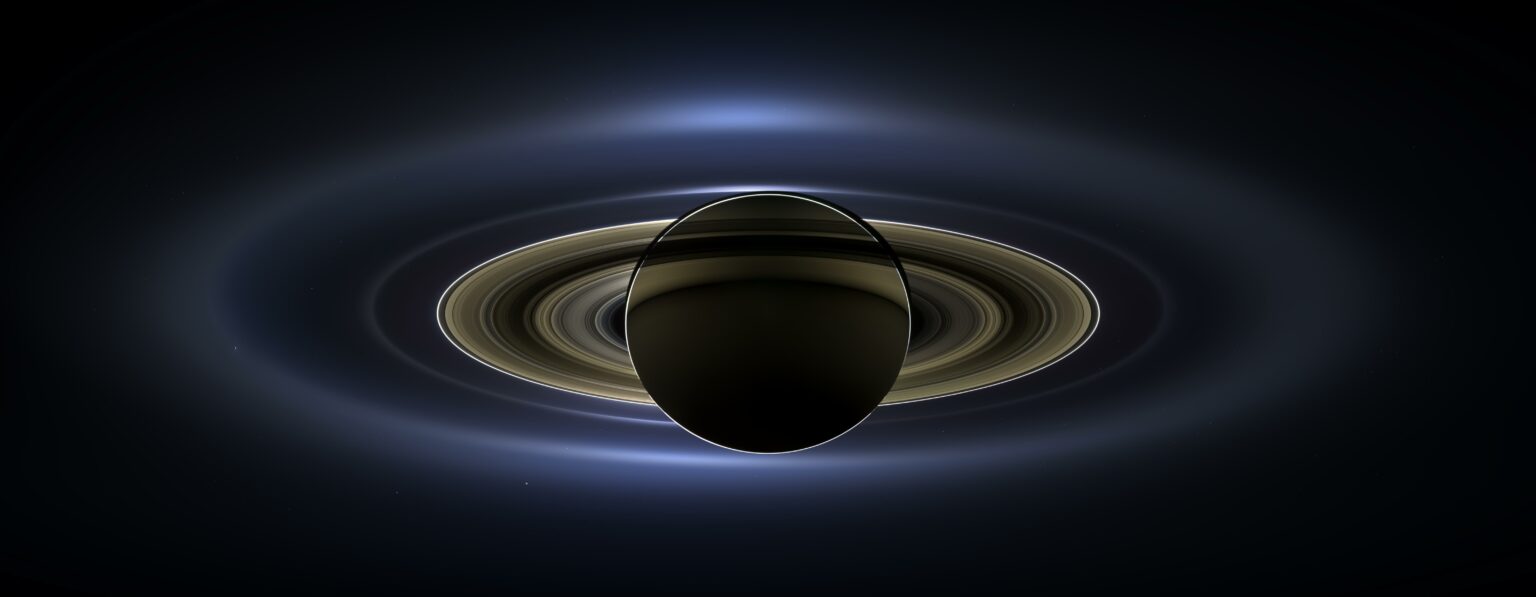
Meanwhile, on March 10, 1977, during the covering of a distant star by Uranus, astronomers noticed that before disappearing behind the Uranian disk, its brightness slightly decreased five times. The same event was observed after the appearance of the star. The best explanation for the observations was the assumption that the planet has a system of five narrow and dark rings. Later it turned out that there are actually 18 of them, and the largest of them has a radius of almost 100 thousand km.
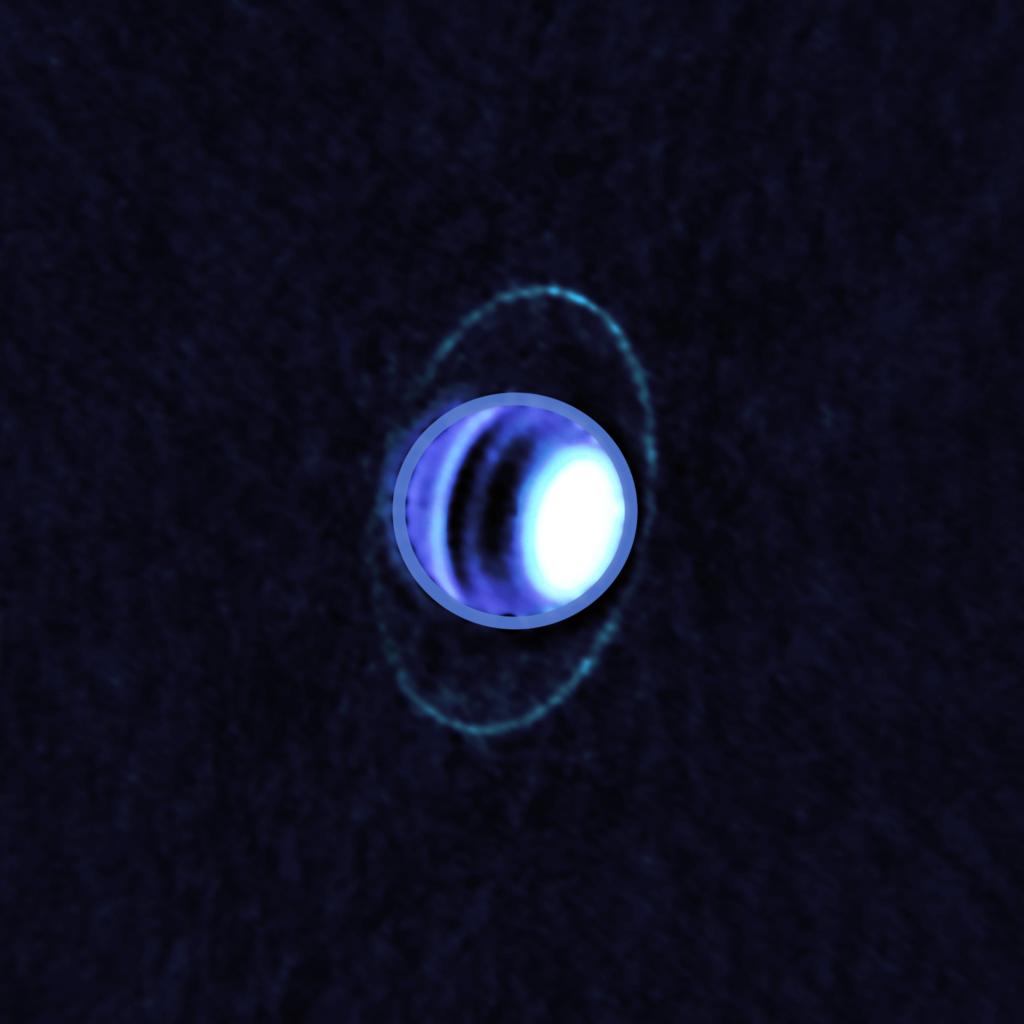
In May 1979, during the flyby of Jupiter, the Voyager 1 spacecraft photographed the inconspicuous rings of the largest planet for the first time, and in August 1989, its “twin brother” Voyager 2 discovered a thin ring system around Neptune. It became clear that such formations are really characteristic of giant planets, as it was foreseen back in 1960 by Professor of Kyiv University Sergey Vsekhsvyatsky. But then another question arose: why did Saturn’s rings turn out to be so bright and massive?
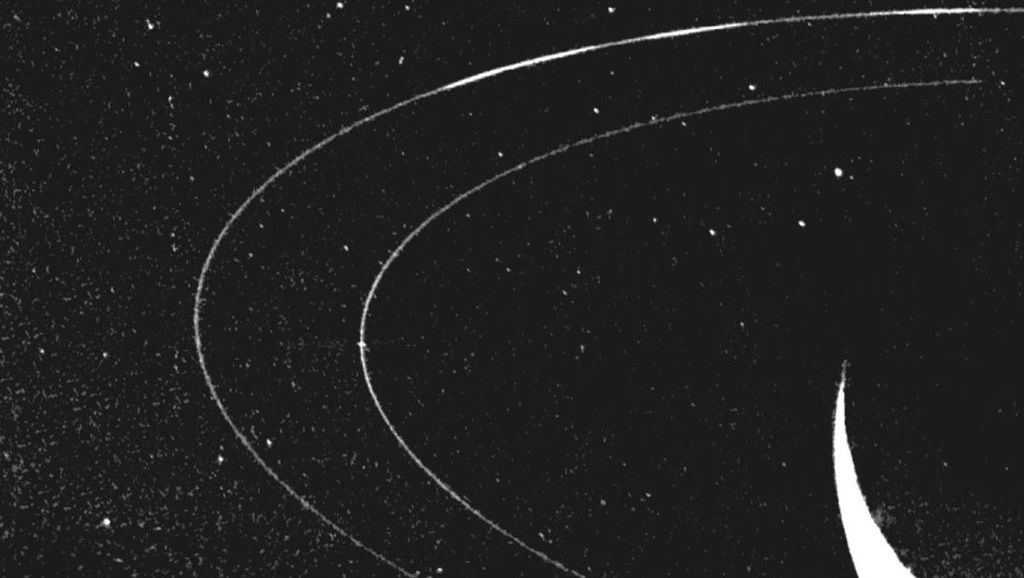
To find the answer, astronomers turned to computer modeling and even archaeological data. The results of the conducted research indicate that in the early stages of the evolution of the Solar System, rings existed on all major planets, including the Earth. At first, they consisted of remnants of protoplanetary material (“raw materials” for planet formation), then for some time they were replenished with matter ejected from planets into space during powerful meteorite impacts. But under the influence of the gravity of the Sun and the so-called tidal braking, these “protorings” gradually collapsed: they partially fell to the surface of the “parent” bodies, and partially dispersed in outer space. The powerful gravitational force of the gas giants allowed them to preserve a significant part of the matter of the rings, to which the particles formed during the meteorite bombardments of their moons were later “added” — that is why the ring systems lie in the plane of the planetary equators.
But there is another way of “ring formation”, which, apparently, took place in the case of Saturn. All moons of large planets are under the influence of tidal forces from the central body, so that the vast majority of them are constantly facing it with one side (like the Moon to the Earth). But at a sufficiently close distance, these forces become so powerful that they can simply tear a moon apart — especially if it consists of such “unreliable” material as ice. A similar possibility was calculated in the middle of the XIX century by the French astronomer Édouard Roche, therefore the maximum value of the “dangerous” radius of the orbit is now called the Roche limit. The body, from the fragments of which the Saturnian rings were formed, turned out to be not so big — its mass did not exceed 3 × 10¹⁹ kg, that is, it was more than 2.5 thousand times lighter than our Moon.
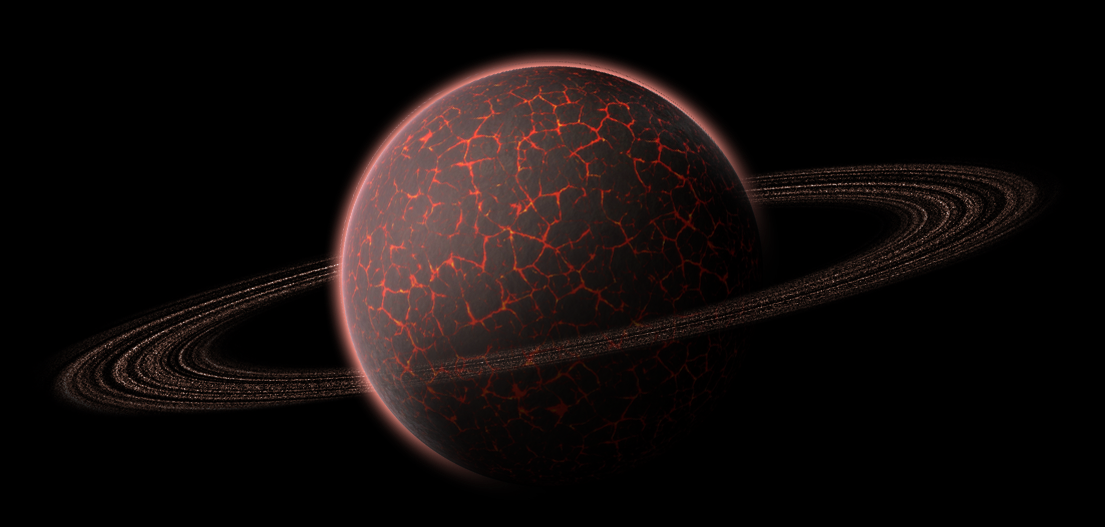
When did the “moon catastrophe” occur, which resulted in the appearance of Saturn’s famous rings? This question was answered by the Cassini spacecraft, which operated in orbit around the sixth planet from 2004 to 2017. It not only measured the mass of the brightest part of the ring system (now it is about 1.55 × 10¹⁹ kg — this corresponds to about half of the total mass of the glaciers of Antarctica), but also allowed to estimate the speed of its scattering. Knowing this speed, scientists came to the conclusion that the fatal disintegration of the moon occurred a little more than 100 million years ago. And in another hundred or a hundred and a half million years, the Saturnian rings will fade so much that they will be almost invisible from Earth when observed with optical telescopes, although in the infrared range they will “shine” much longer.
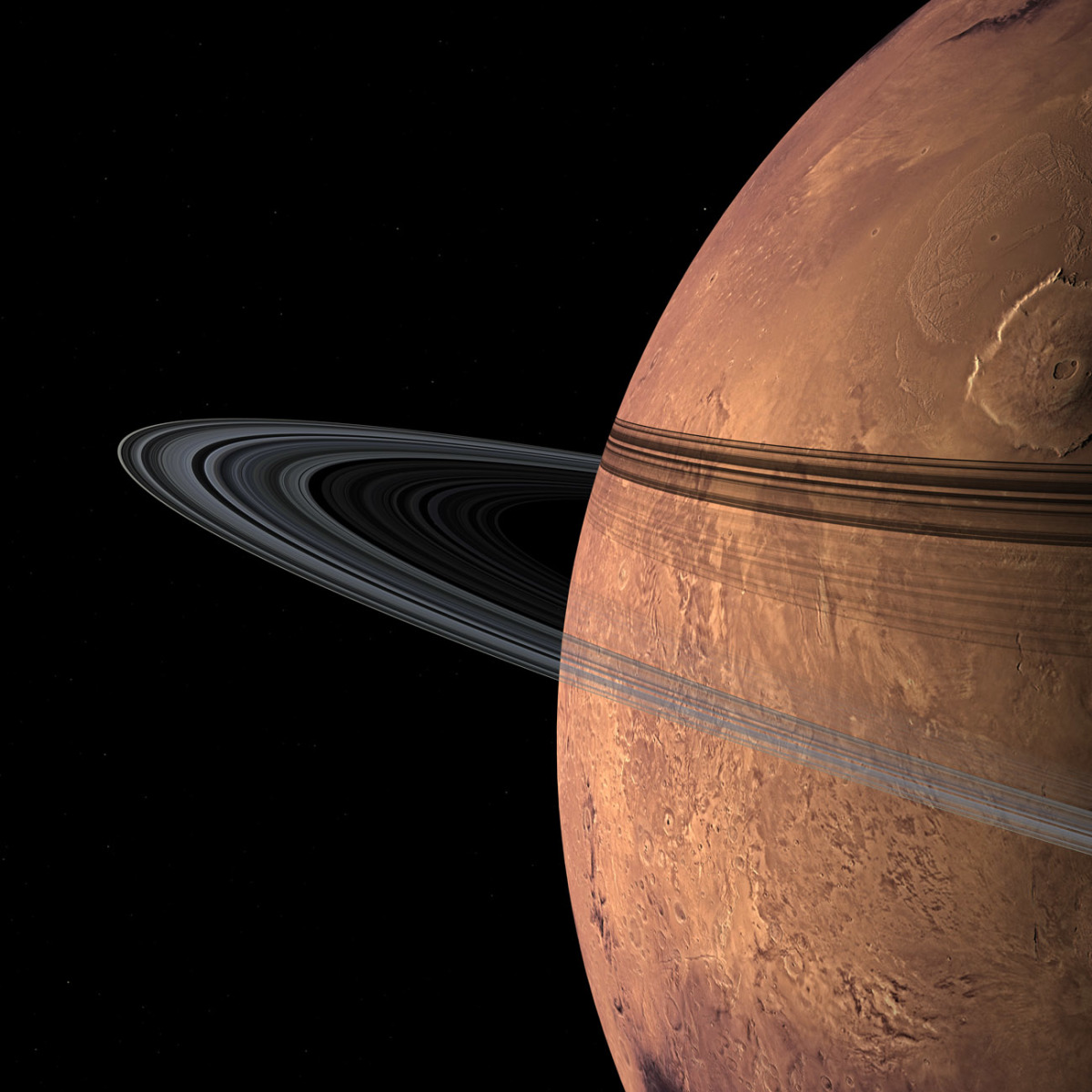
Astronomers do not expect the collapse of any more moons of giant planets yet, but approximately in 30 million years such events will unfold in the vicinity of Mars. The radius of the orbit of its largest and closest moon, Phobos, decreases by 2 cm annually, which means that at some point it will also cross the critical boundary and be destroyed by tidal forces. Afterwards, the Red Planet will receive its own ring for several million years — although not as big and bright as the current rings of Saturn, but due to its relative proximity to the Earth and the Sun, it will not be much more difficult to see it.

